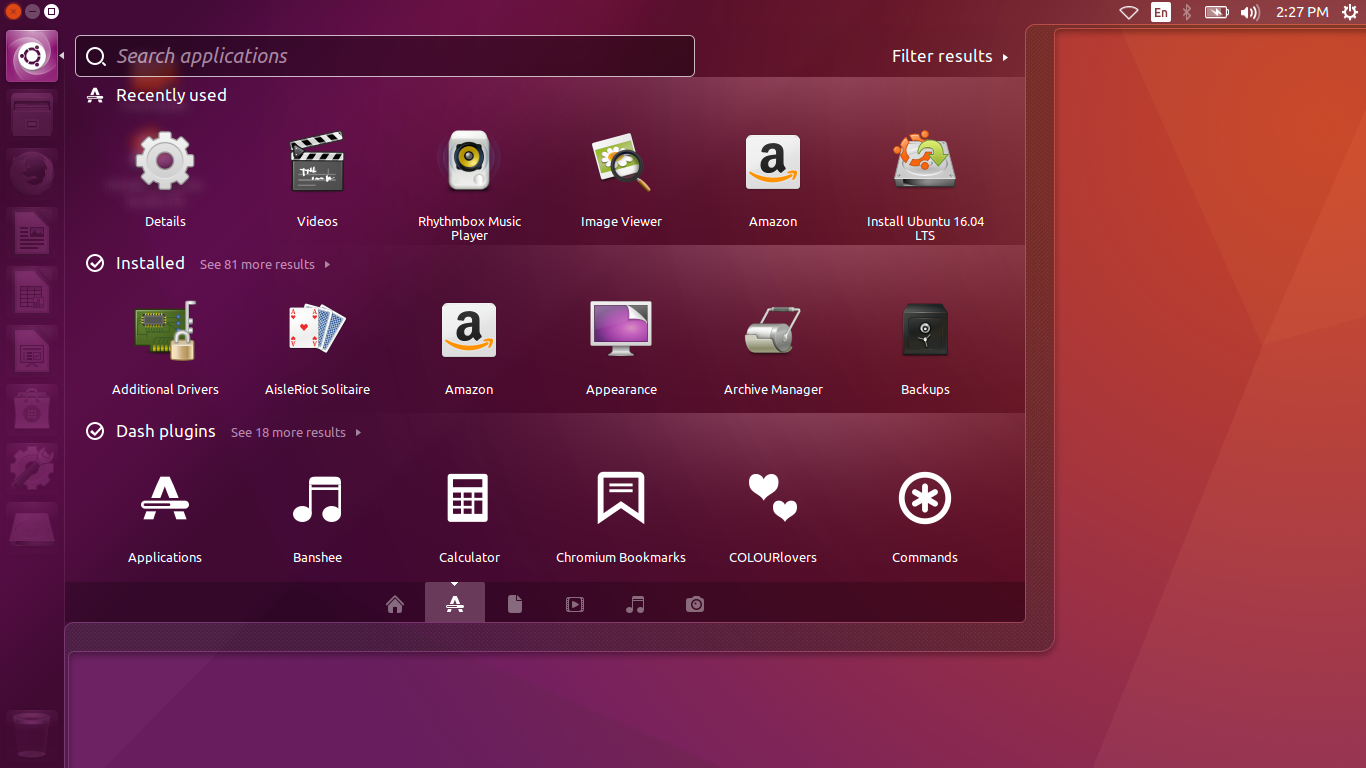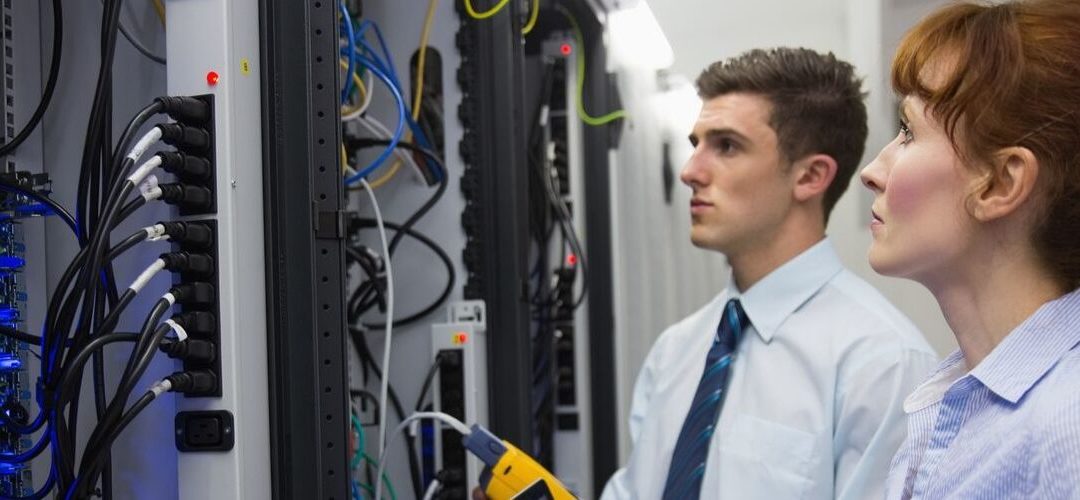Microsoft recently published news that they will no longer support Windows Embedded 2009 as well as Windows Embedded POSReady 2009. The information means that many companies will very soon have to rewrite their applications for different operating system. That’s why we want to show you the benefits of choosing Linux for embedded systems instead of other Windows OS.
Source: https://support.microsoft.com/pl-pl/help/4489209/end-of-support-for-windows-embedded-2009
What Are Embedded Systems?
Most of the devices that surround us are embedded systems. But what is actually means? Embedded systems are controllers with dedicated functions within the device.
Embedded systems are computing systems that can be very different in sizes. They can fit into our pockets or they can be industrial machines used in manufacturing processes. As long as they have microcontrollers or microprocessors – they’re embedded systems.
Over the years and technological growth there was another group of systems developed called Internet of Things. It has become the extend of embedded systems and will continue to grow and evolve.
Linux – What Is It?

Linux is an operating system (OS) just like Windows or macOS that was first released in 1991 by Linus Torvalds.
It’s an open source OS that provides access to its source code. Thanks to that, it can be modified in any way possible depending on the needs. If there’s a need for an operating system to have certain functionality, it can be added by adding lines of code.
Linux gained a lot of popularity among programmers that created a community helping in supporting this system. Because of its origin, it mostly operates on GNU General Public License that is free and copyleft license. Thanks to that, it assures that every work derived from it will operate on the same license.
Since 2000, Linux OS and its further projects are being supported by Linux Foundation. Thanks to that Linux can evolve without becoming a commercial product.
Linux Consists Of:
- The Kernel – It’s the core of the operating system that can be also installed by itself and built up. The name Linux also refers to the kernel alone.
- The Bootloader – The Bootloader is the first program that allows the operating system to start. It manages the boot process on the device.
- Daemons – They’re services like job scheduler, network time protocol, secure shell etc. They activate during boot process or after logging in.
- The Shell – It’s Linux command line that allows to communicate with the device. For some Linux versions it is the only form of communication (text interface).
- Graphical Server – As mentioned before, we can operate on Linux using only text interface. However, if we want a desktop version we need graphical server that will upload the visual.
- Desktop Environment – Linux provides many variations of desktop environments to choose from. It allows interacting with the device using visual panel. There’s many options like KDE, Cinnamon, GNOME or Unity.
- Applications – Last but not least, we can download applications just like using Windows or macOS to extend the functionalities of operating system.
Popular Distributions of Linux For Desktop and Linux For Embedded Systems
Linux has many different popular versions called distributions. They allow you to choose the one that suits your needs best. They’re ones that look like Windows, other look like macOS and some are dedicated to very advanced programmers.
Some of the most popular desktop distributions are:
- Debian is one of the first systems developed on the basis on Linux kernel. Many other came on a basis on it.
- Ubuntu Unity is a very popular distribution that is easy to learn for new users. Moreover, its functionalities allow to minimize the usage of mouse.
- Mint is great for less experience users. It’s easy to get used to after Windows. It’s also based on Ubuntu repositories.
- Arch Linux is popular especially amongst more advanced users. It’s been developed in a way that it’s always in its newest version. It gets updates every month.
- Fedora is a desktop version created by the Red Hat crew. This distribution is testing the newest solution which makes is sometimes unstable.
Linux also offers many different operating system dedicated to embedded systems, servers and other devices. Some of most popular ones are:
- Red Hat Enterprise Linux / CentOS – distributions used mostly on server systems. Red Hat provides professional support for its enterprise users. CentOS is communities replica and all of its components are compiled just as Red Hat’s.
Microsoft has ended supporting Windows Embedded 2009 Operating System. What now?

At the beginning of 2019 Microsoft officially ended supporting its most popular operating system for embedded systems as well as dedicated OS for Point-Of-Sale devices.
Many companies using these operating system now have to consider rewriting their applications. Because of lack of support from Microsoft the issues are going to arise. Microsoft suggests rewriting it to Windows 10 IoT. However, many choose Linux for embedded systems instead. Why?
License costs
Windows 10 IoT is a paid OS that charges per device. Every machine has to be activated. On the other hand, many of Linux versions are free. Even if there’s paid distribution, you only pay for it once no matter for how many devices.
Security
Most of viruses are on Windows which creates a lot of risk, especially when it comes to important data on devices. Moreover, there’s been speculations about these data being used by Microsoft.
Linux for embedded systems provides more security than Windows because of a few reasons.
First of all, there’s a lot of different distributions of Linux OS which means that there’s a lot less viruses than it is in Windows.
Moreover, Linux also has increases safety by defining account privileges. Because not every user is given the administrator status, viruses don’t have access to the core processes.
Compatibility
Linux for embedded systems operates on pretty much all hardware platforms, processors, routers etc. It can be adjusted to meet specific needs.
Windows for a long time worked only on Intel. Microsoft, has started implementing more platforms since but it’s still not as wide as it is in Linux.
A great example of compatibility is Android – a Linux based OS. It’s the most used OS in the world that’s being used in variety of different mobiles, tablets etc.
Closed code vs. Open Source
Microsoft doesn’t provide source code which means that there’s no possibility to adjust the operating system to your needs. There’s only 3 versions on Windows 10 IoT. There’s either things you don’t need or parts that are missing.
Linux allows you to choose from hundreds of different versions. Some distributions are as complex as any other desktop interface. The others, on the other hand are limited to the only functionalities needed. Moreover, because Linux for embedded systems is an open source software it allows developing personalized operating system just for your device.
Support
Microsoft every few years makes a decision to stop supporting some operating systems. Which means that every few years companies have to rewrite their applications onto newer versions. Because the versions are no longer supported, the risk of issues increases drastically.
Linux for embedded systems is not a product owned by one company. It was made with a vision to be supported by community and it’s exactly what it has become. People help Linux grow. There’s also many informations online that can help solve issues without having to contact any support department.
Summary
Both operating systems have its pros and cons. However, even Microsoft recently developed Azure Sphere OS for IoT applications based on Linux core. This proves how good it actually is.
Rewriting application for Linux is a decision many companies make because of the better performance and stability. There will also come a time when Microsoft will stop supporting Windows 10 IoT and there will be a necessity to rewrite the application again.









